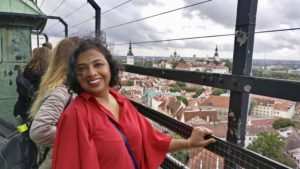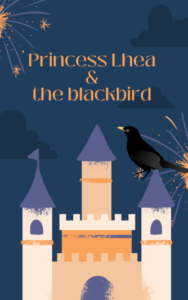What can a small fishing town in the Coromandel coast of India and the world’s largest Danish fort outside Denmark possibly have in common? Well it seems, everything. Tranquebar (or Tharangambadi in Tamil) located about 270 kms south of Chennai and 450 kms south east of Bangalore is one of the only 3 places in India to be governed by the Danish for around 200 years, and the only Danish trading outpost in India. The only place to stay here are the two properties by Neemrana group of hotels namely the Bungalow on the Beach and The Gate House. I did see another sort of BnB just outside the town gate but wouldn’t know the quality of this place. The Neemrana properties itself should be just enough to draw you to Tranquebar, if its amazing history doesn’t. Tranquebar is also supposed to have the heaviest ozone layer in India and thus just spending a couple of days here should be extremely refreshing to your physiology as well. Although I donot have much evidence to prove the existence of ozone here but one thing I can definitely vouch for is that you will definitely feel satisfyingly refreshed during your entire stay here.
History
Part of the Chola and the Pandya dynasty till the 14th century and then leased out to the Danish King by the then Thanjavur King Raghunatha Nayak in the 15th century, Tranquebar or Tharangambadi had been a prominent trade port from the very beginning. It remained under the Danes till 1845 when the British East India company finally purchased it from the Danish. Because of this unique mix of history, Tranquebar has a distinctive legacy. The first Protestant missionaries to set foot in India were sent by Danish King Frederick IV to begin work at Tranquebar. As a result, Bartholomäus Ziegenbalg and Heinrich Pluetschau opened the first printing press of India and the New Testament was translated into Tamil for the first time in Tranquebar, India. Not to mention that the first Protestant churches of India were also established in Tranquebar as early as in the 1700s.
What to see
There is just too much history contained within the gates of this small town. The moment you enter through the 200 year old white town gate, you will find the Gate House to your right, which is now a restored property with the Neemrana Group. As you continue on the King’s Street, you will see another restored Danish house to your left and the New Jerusalem Church on your right. This church was established in 1718 by the Royal Danish missionary Bartholomaeus Ziegenbalg and was restored recently. Just before you can see the sea in the horizon you will see The Zion Church on your left. It was built in 1701and is believed to be the first Protestant Church in India. Both the churches are functioning. By now you can see the Fort Dansborg, the highlight of this small town, on the right. The museum within the fort is worth visiting to understand the wonderful history of this place. Just across the fort, when you look towards the crashing waves you will be able to spot a decrepit temple to your left. That is the famous Masilamaninathar Temple, built way back in 1306 by Maravarman Sundara Pandya and a unique architectural blend of Chinese and South Indian style.

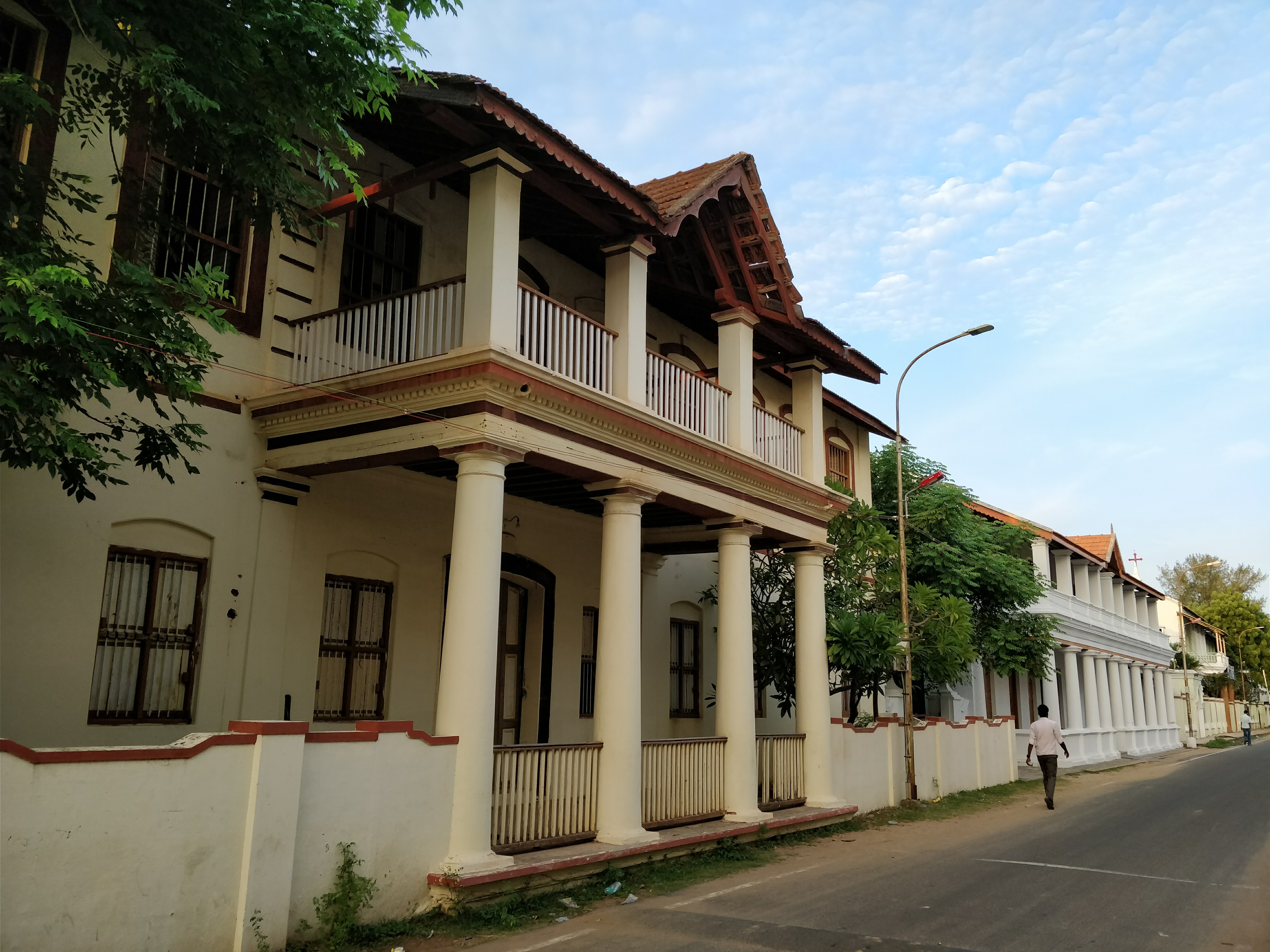

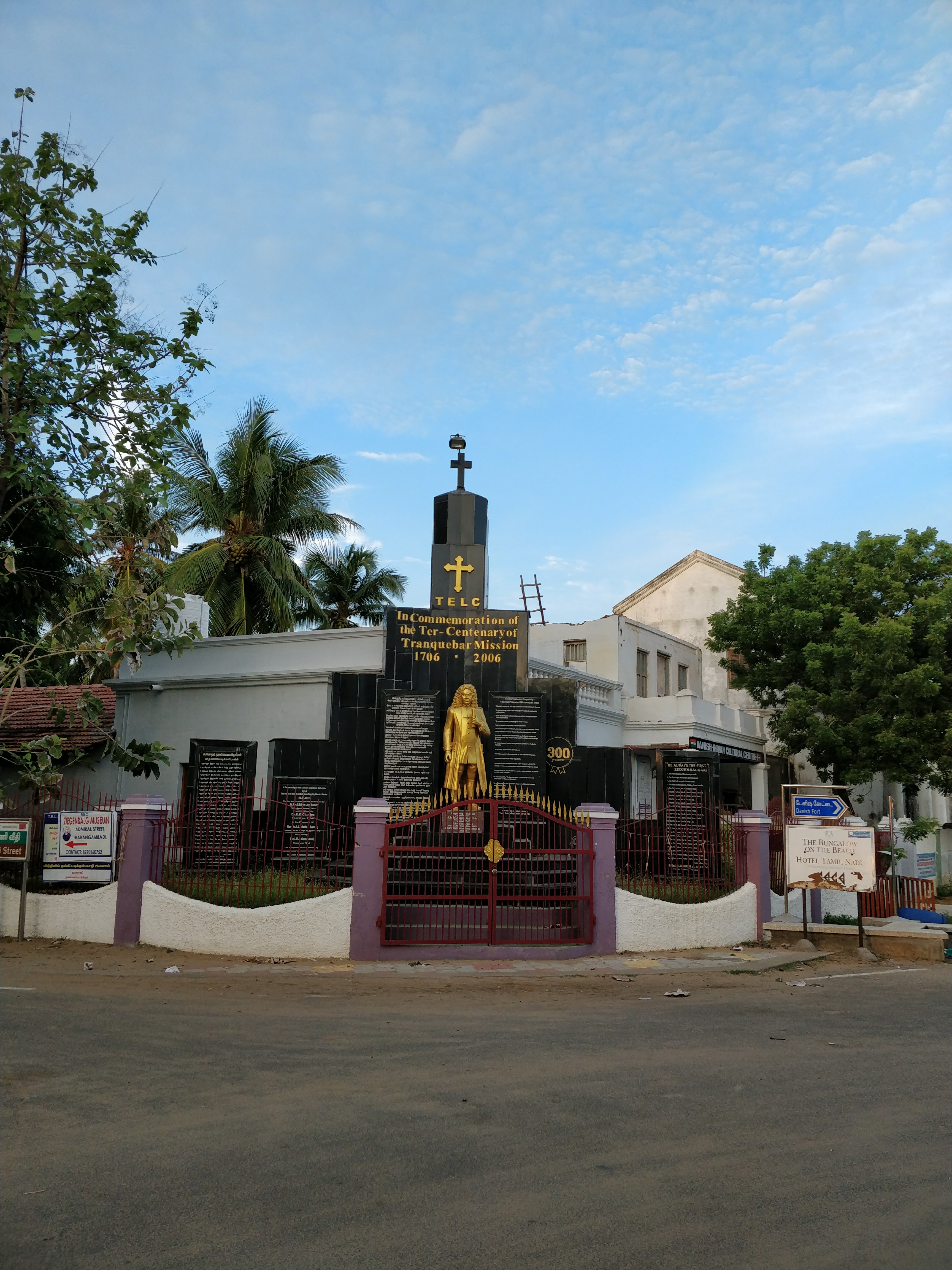
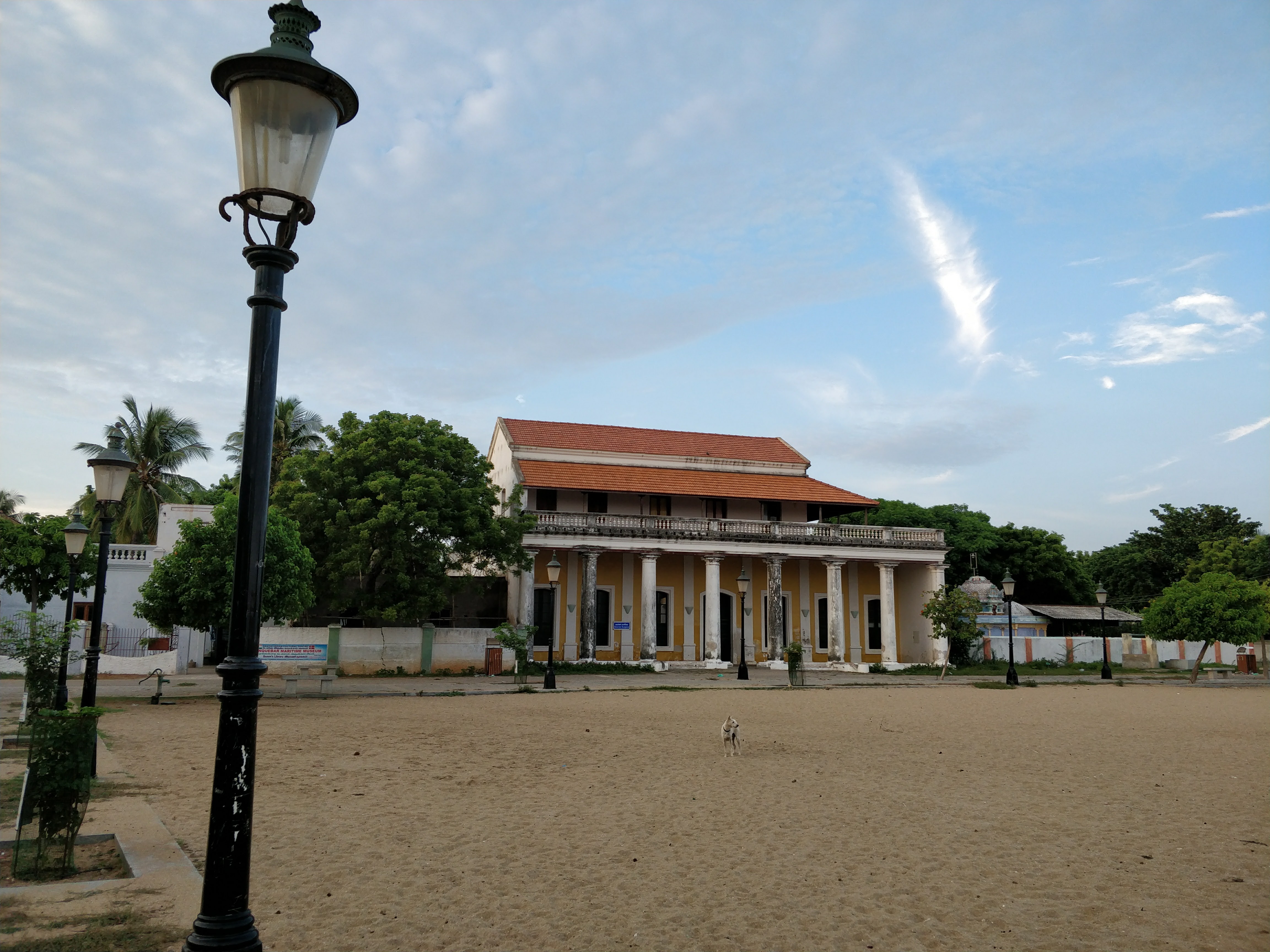
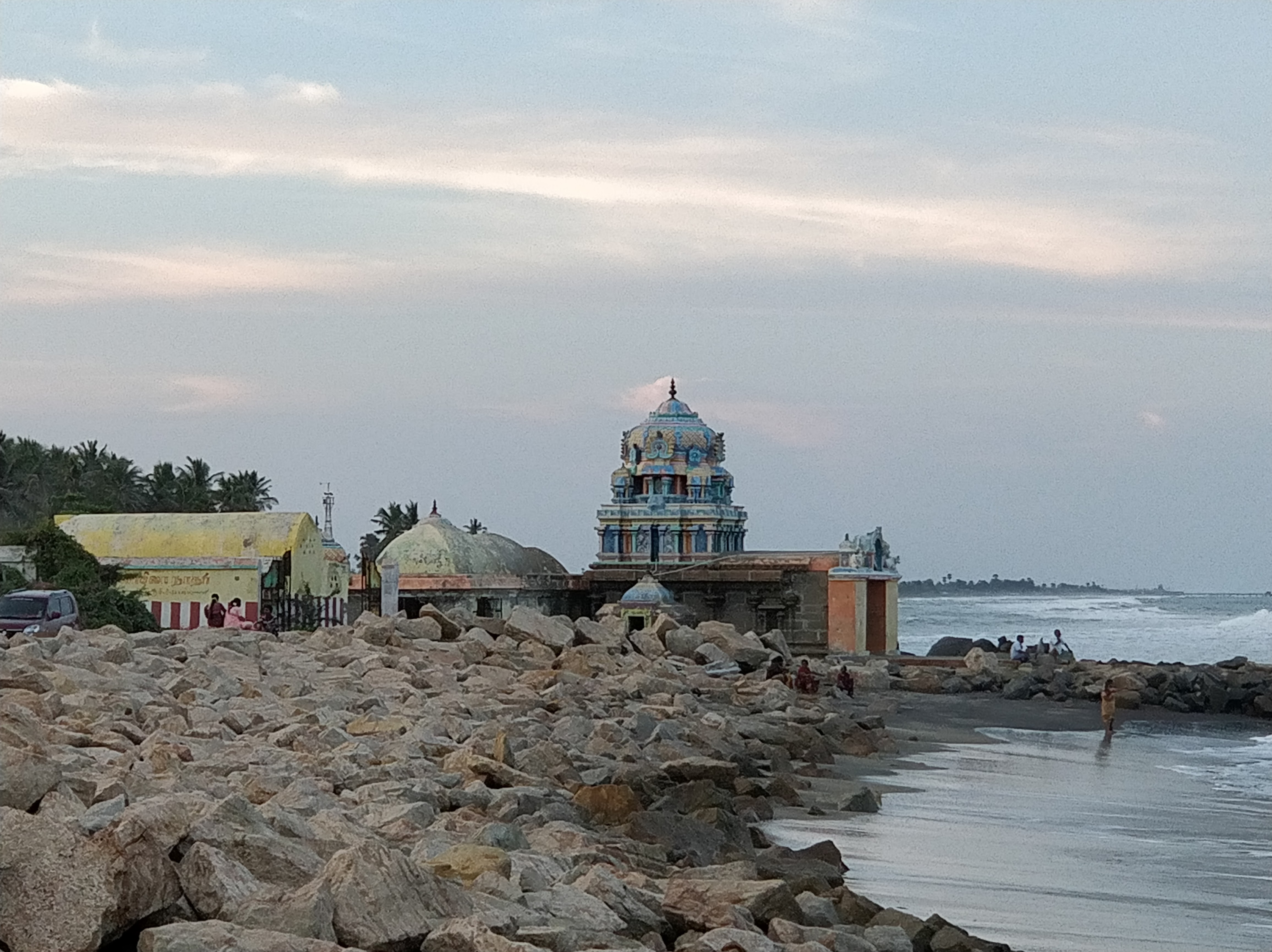

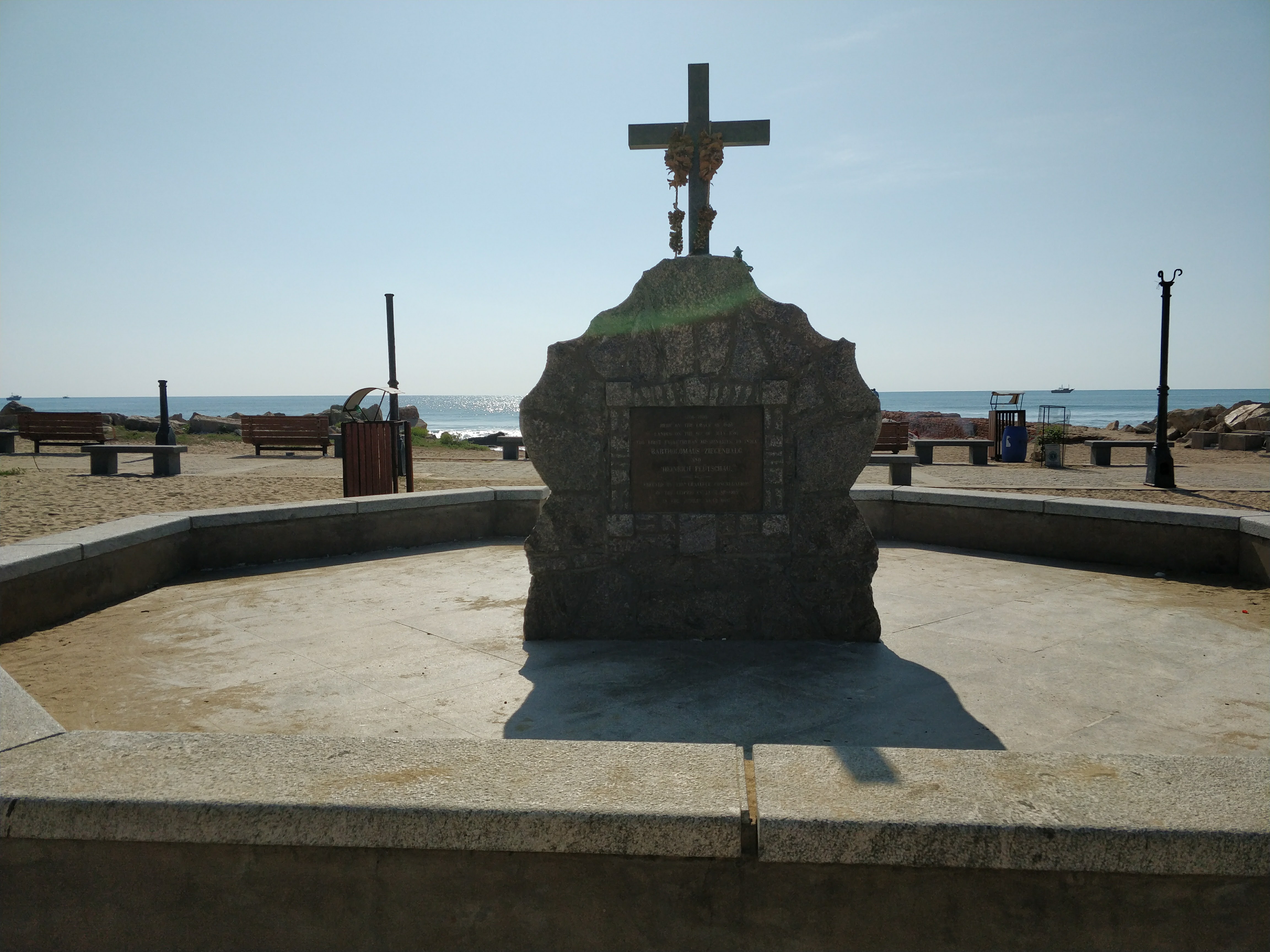
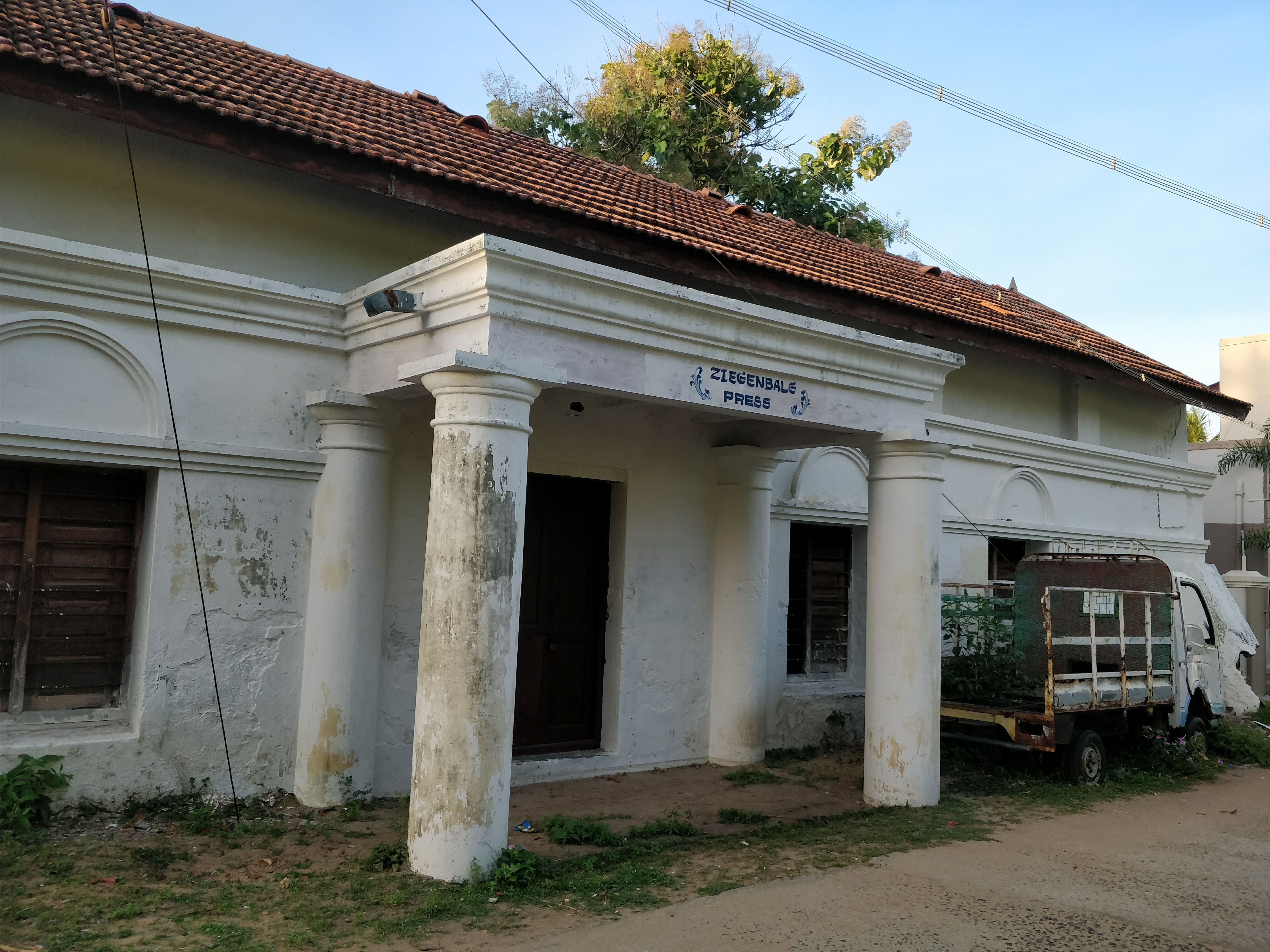

Just a couple of kilometers outside Tranquebar in the village of Poraiyar, you will find the Bethlehem Church, the second Protestant Church built in India.
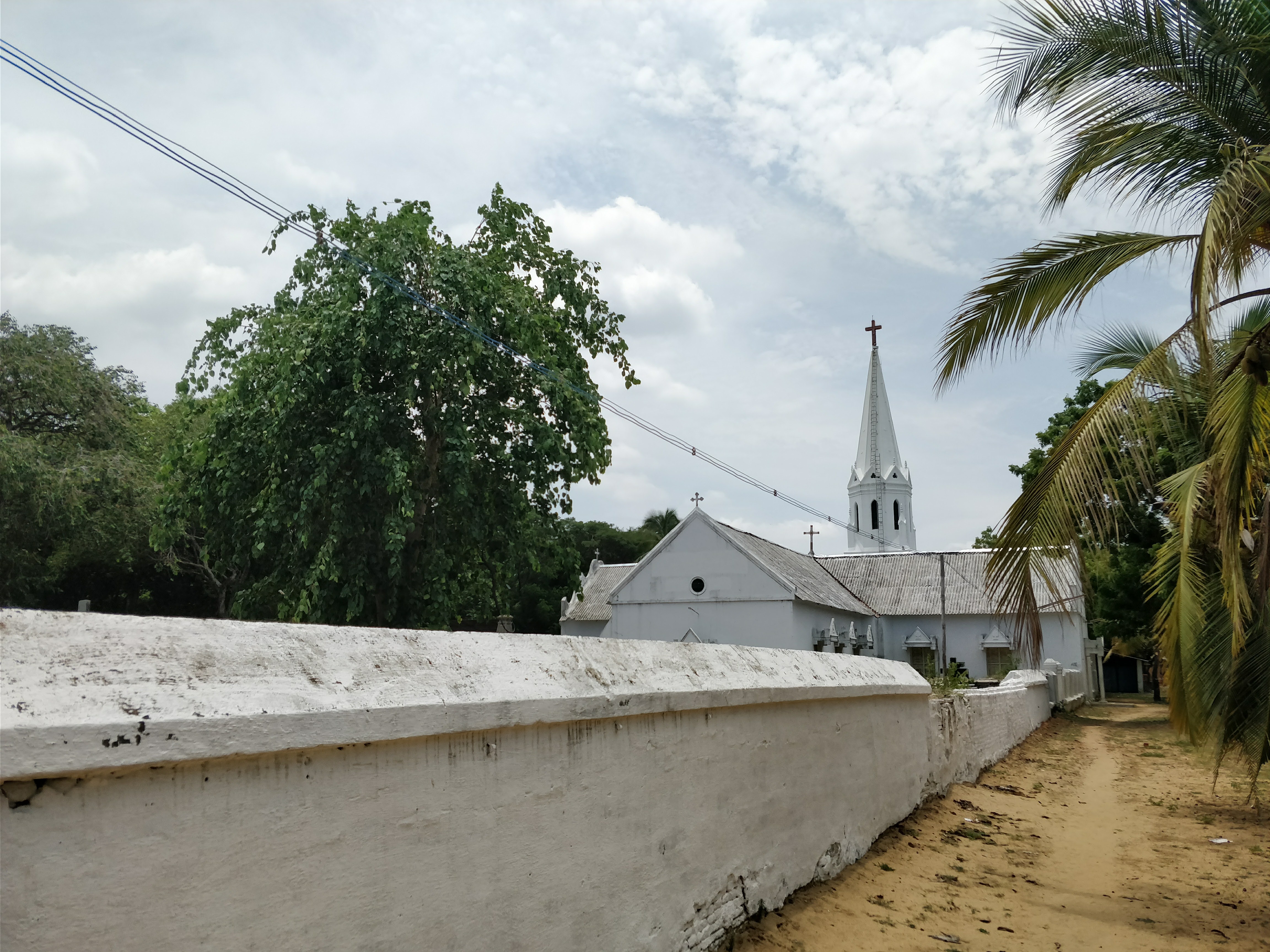
Dansborg Fort
I couldn’t do justice to the fort if I were to club it along with all the other places to see. It sits on the shore, a peach colored fort of not incredible construction but of immense history contained within the four walls. Personally I would have much preferred if it were not restored this peach hue but I don’t mind as long as it is restored. The museum has some amazing artefacts including the original sale deed of Tranquebar along with Serampore and Sheoraphuli, both in West Bengal now, from the Danish to the British East India Co.
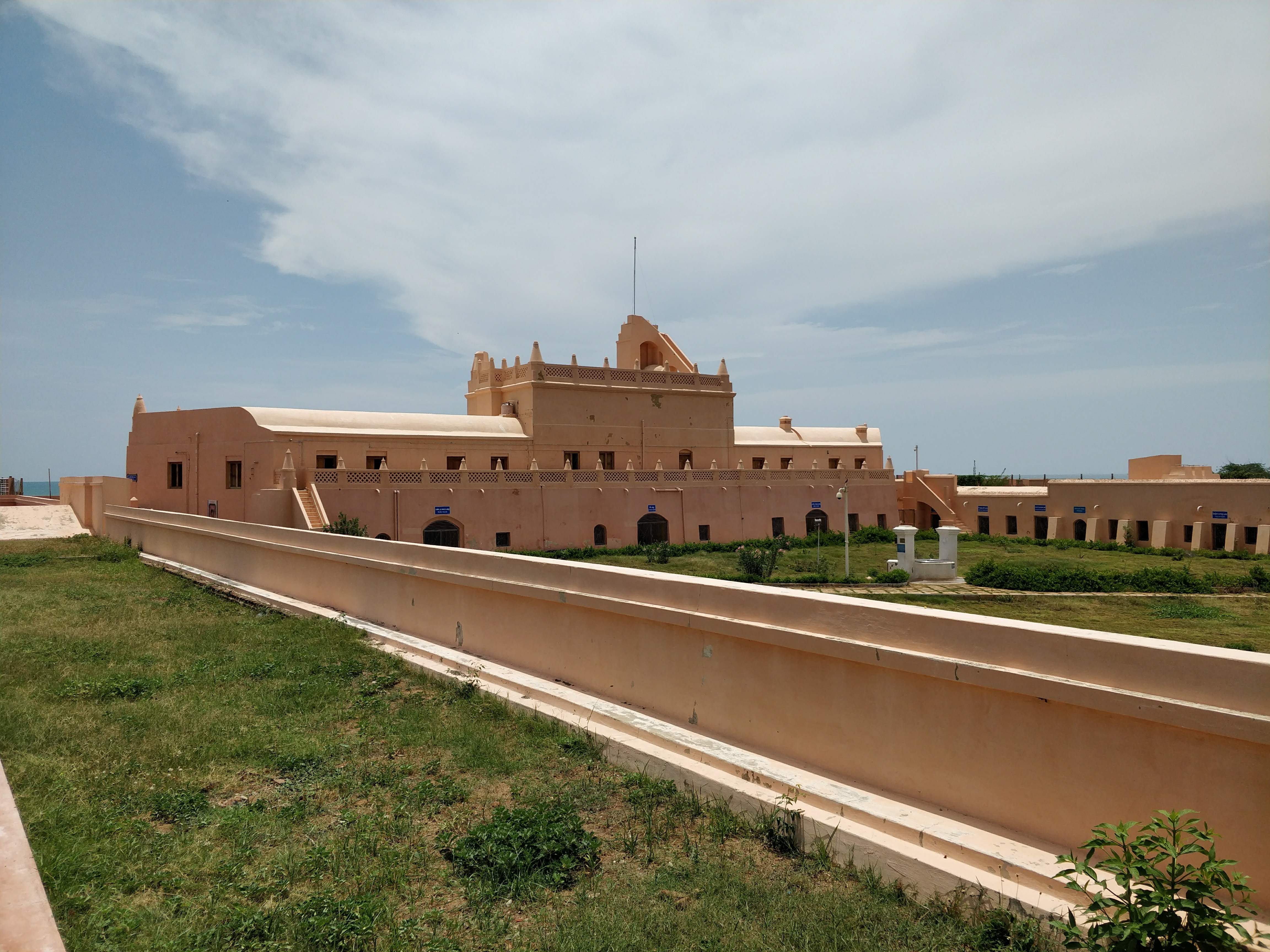

Where to Stay
The best place to stay in Tranquebar would be either the Bungalow on the Beach or the Gate House, both maintained by the Neemrana group. The Gate House is just adjacent to the Town Gate and is an excellent property to stay at. It is much cheaper than the Bungalow on the Beach, the only drawback being that there is no restaurant in the Gate House. You will have to walk up to the Bungalow for all meals. The Bungalow on the Beach is a colonial property converted into a ‘non-hotel’ hotel as with all Neemrana hotels. It overlooks the sea and the Masilamaninathar Temple. You can hear the waves crash onto the rocks as you dine at the corridors or perhaps lie in your bed with a book in one its princely rooms.
You could also stay in Pondicherry (135 kms) or Karaikal (15 kms) and visit Tranquebar for the day.
Where to Eat
The best place to eat is Bungalow on the Beach. Even if you are staying in the Gate House you have to walk up to the Bungalow on the Beach. Every meal at the Bungalow is a delight to your taste buds. We had all meals there during our stay except one lunch which we had in Karaikal, in a small restaurant called The Grand. The food there was also quite good though nothing to rave about. The hotel Seagull, run by the Pondicherry Tourism department, is also another option to eat in Karaikal.


